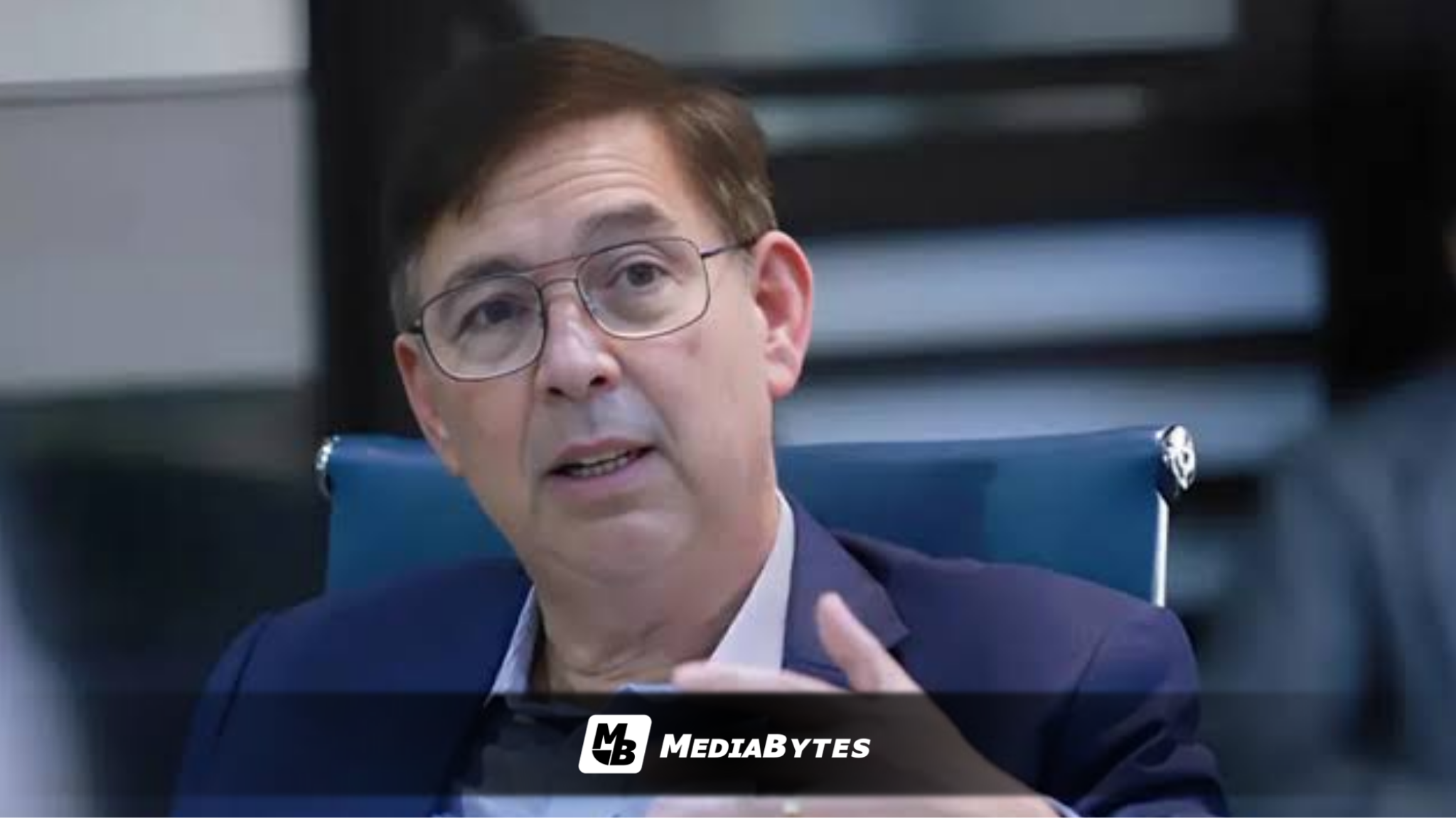Finance Secretary Ralph Recto on Tuesday assured senators that the proposed ₱6.79-trillion national budget for 2026 will prioritize programs with the “highest multiplier effect” to boost growth and reduce poverty.
Speaking before the Development Budget Coordination Committee’s briefing at the Senate, Recto said the National Expenditure Program (NEP) was designed to focus on infrastructure, education, health, agriculture, and social welfare.
“Walang ghost projects dapat. Walang kurapsyon. Walang sayang na piso,” Recto declared, stressing that efficient spending is key to boosting tax compliance.
He said government spending will allocate 5-6% of GDP for infrastructure, 4% for education, and another 4% for health, agriculture, and social welfare combined.
Despite global uncertainties, Recto reported that the Philippine economy continues to outperform expectations. Inflation slowed to just 0.9% in July, far below the global average of 4.2%.
“Considering the heavy debt we inherited, the higher policy rates, and global headwinds, growing by an average of 5.9% under the Marcos administration is no small feat,” he told senators, noting that the country’s economic growth remains among the fastest in Asia.
Since 2022, Recto said the economy has created about 6 million jobs, raising total employment to a record 50.5 million, with 31.8 million in stable, formal work. He added that this expansion reflects a strengthening middle class and a consumer market projected to become the world’s 13th largest by 2030.
The proposed budget, he said, is aligned with the Medium-Term Fiscal Program that seeks to gradually reduce deficit and debt while generating jobs and cutting poverty to single digits by the end of President Ferdinand “Bongbong” Marcos Jr.’s term.
“The 2026 proposed budget will help us get there. Let’s ensure that it works as hard as the people who fund it — the taxpayers,” Recto emphasized.



